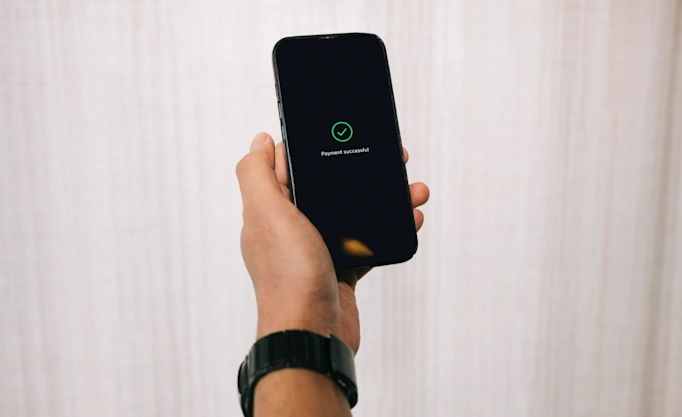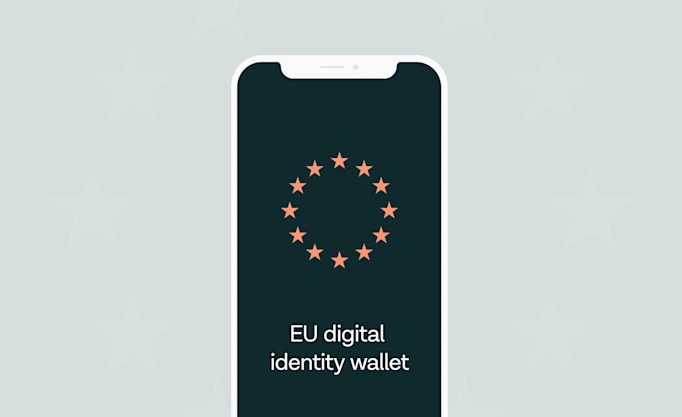Direct debit cancellations: a guide to customer success with open banking

Direct debits are one of Europe’s most used recurring payment methods. As an automatic transfer, the impact of the cost of living has put direct debits under increasing scrutiny. With minimal consumer visibility until after the fact, direct debit cancellations are on the rise. This guide outlines the open banking tools that can help you reduce default payments – while supporting your customers.
The effect of global economic challenges on direct debits
As the payment type used most often for settling energy, utility and phone bills, the use of direct debits is widespread. And as the macroeconomic landscape shifts across the globe, direct debits have come to the fore. Tink’s research finds that an estimated almost one in four Brits (23%) are ‘financially vulnerable’ due to their income no longer covering their essential spending. More than half (56%) of these consumers say this situation will worsen for them as they expect their discretionary income to fall over the next 12 months.

With many consumers struggling to manage their expenses, it follows that flexibility and transparency in financial services create more customer friendly experiences. Direct debit, however, is relatively opaque and inflexible in its design. There’s minimal room for consumers wanting to change their preferences or set an end date, and the only way to see their direct debit is by reviewing their bank statement. The result? More often than not, a missed payment – all in all, a suboptimal experience for merchants and consumers alike.

The impact of direct debit cancellations
When people can’t afford the payment for a particular month, recourse is limited. The options are to go into overdraft – often incurring penalty fees – or cancelling the direct debit altogether and losing what could be vital access to the service being used. For the businesses offering the service, they can no longer serve customers as a result of passive churn.

Add consumer choice while optimising payments
There are several ways open banking tools can help companies give customers better experiences and support through the cost-of-living crisis – all while safeguarding their business from direct debit cancellations. From risk decisioning tools to payment methods that are changing the way we pay, you can optimise the performance of your direct debits and other payments using open banking tools.
Verify accounts up front to avoid payment errors
Incorrect bank details as a result of manual entry is common with direct debit setup. It means the very first payment collection can fail. Businesses across many industries use Tink’s Account Check product to combat this issue, including investment platforms, global payment wallets, and marketplaces. Thanks to prepopulated bank details and real-time account ownership verification, Account Check helps minimise mistakes and fraud. In other words, you’ll ensure you have the correct details to take payment when the time comes. And the benefit for customers? An easier signup journey with less friction.
Ensure successful payment by checking balances first
Declined direct debit payments incur costs to businesses through additional fees and credit control. By building in a cadence of balance checks before each regular payment, businesses can ensure a payment goes smoothly and avoid unnecessary fees. Balance Check, a feature of Tink Account Check, verifies a user’s balance in real time to help prevent payment failure. Based on a customer’s current balance, you’ll be equipped to identify if they are unlikely to be able to pay. Balance Check works by returning real-time balance data once a user connects their account. All part of the same Account Check flow, this feature lets you refresh the data, with consent, to retrieve a customer's bank balance on an ongoing basis for a defined period of time, usually either 90 or 180 days.
Streamline service from the get go with more visibility
Financially vulnerable customers are difficult to monitor for businesses with limited visibility of a customer’s income. Tink Income Check validates user income at direct debit signup, helping you identify financially vulnerable customers in advance of their first payment. This can help you manage service levels, billing cycles, communications, customer retention and much more.
Set up a reliable backup payment method with Pay by Bank
Placing a convenient way to pay bills at your customer’s fingertips helps avoid delayed payment and revenue loss for businesses, while ensuring continuity of service for customers. Enter Pay by Bank – a simple way for anyone to pay directly from their bank account, with an easy click-through journey. Once the payer authenticates using facial recognition, a fingerprint or something similar, the money moves between accounts instantly. This means that when a customer misses a payment, Pay by Bank provides an alternative for retrieving the missed or late direct debit payment once funds are available, serving as a backup. And it can be embedded into any touchpoint – for example, a business could notify its users of a missed payment through an email or push notification – including a link to immediately settle the payment.
Upgrade to the next generation of direct debits: VRPs
Variable Recurring Payments, or VRPs, are a cutting edge way of accepting recurring payments, by transferring funds directly between bank accounts. Powered by open banking, VRPs are regarded as one of the next frontiers of finance.
Of the VRP types available, it's little wonder that commercial, or ‘non-sweeping’ VRPs, are often referred to as the next generation of direct debits. They solve for any kind of fixed or variable recurring payment, such as a streaming subscription or paying utility bills.
VRPs work similarly to direct debits and card-on-file payments – with more control and flexibility for consumers and businesses. With VRPs, businesses can easily and flexibly collect payments from their customers on a recurring basis, without the customer having to take any additional action. Read a deep dive into how VRPs work here, or explore the ways VRPs can support consumers during economically challenging times.
What’s next?
When complications around long-standing tools arise – even those that are as familiar as direct debits – harnessing the power of open banking presents a host of solutions. Payment methods such as Pay by Bank are reaching the mainstream, while emerging technologies like VRPs are adding more choices for consumers.
Integrating open banking into your business empowers you to stay ahead of the curve as consumer behaviour evolves. Whether financial services, utilities, telco, retail and beyond, Tink’s product suite can help. Here's how to get in touch.
More in Open banking

2025-06-09
11 min read
The case for “Pay by Bank” as a global term
Thomas Gmelch argues that "Pay by Bank" should be adopted as a standard term for open banking-powered account-to-account payments to reduce confusion, build trust, and boost adoption across the industry.
Read more

2025-06-02
3 min read
Tink joins Visa A2A – what it means for Pay by Bank and VRP
Visa A2A brings an enhanced framework to Pay by Bank and variable recurring payments (VRP) in the UK, and Tink is excited to be one of the first members of this new solution.
Read more

2024-11-19
12 min read
From authentication to authorisation: Navigating the changes with eIDAS 2.0
Discover how the eIDAS 2.0 regulation is set to transform digital identity and payment processes across the EU, promising seamless authentication, enhanced security, and a future where forgotten passwords and cumbersome paperwork are a thing of the past.
Read more
Get started with Tink
Contact our team to learn more about what we can help you build – or create an account to get started right away.
